Hydroponics is a trending method of growing plants, herbs, fruits and vegetable without soil, using mineral nutrients from water. Generally called as Soilless farming, this Hydroponic method offers many advantages compared to traditional or intensive farming.
The word Hydroponics is from Latin. 'Hydro' meaning Water, 'ponics' meaning working. 'Hydroponics' meaning Working Water. The cultivation is done by placing the roots in water rather than soil.Supplied with nutrient rich solution, oxygen and water, this procedure gives rapid growth, superior quality and stronger yields. Our professional architects in Chennai know what works best for your fields and help you get the best results.

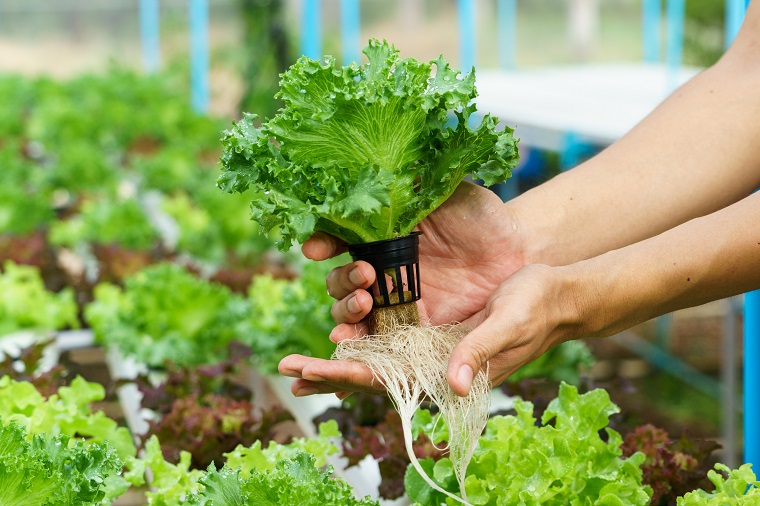
Advantages of Hydroponic Farming ?
1. Zero Pesticides. Due to controlled environment plants are much less exposed to pests and disease.No chemical or pest control products are needed.
2. Saves water. Use 20 times less water compared to soil based farming.
3. Faster Growth. Due to sufficient supply of mineral from water, the growth is faster. In Soil, the plants roots must go in search for nutrient. 30 to 50% quicker growth compared to soil grown plants.
4. Space saving. Being a well organised method, this saves lot of space and even can be implemented in your terrace or backyard.
5. Easy Maintenance. You will have complete control on your farming, right from Nutrient levels, light, humidity, space, etc.
6. Less Labour. No need for weeding and being a fully automated irrigation system this method is less labour intensive.
7. Year Round Growing. With hydroponics, you control the season. You can repeat the process and grow the same plant throughout the year.
What are the types of Hydroponic Systems ?
There are five different types of hydroponic systems that you can use,
1. Wick Hydroponics
2. Drip Hydroponics
3. Deep Water Culture (DWC)
4. Nutrient Film Technique (NFT)
5. EBB and Flow Hydroponic Systems
1. What is WICK Hydroponic System ?
Wick system is the most basic form of hydroponics and are extremely easy to set up. This simplistic type of hydroponic system require no pumps, aerators or electricity. This the only passive system in hydroponics since it does not need any electricity.
Wick hydroponic system don’t supply the plant with a lot of nutrient solution. Because of that, this is mostly recommended for small house plants and herbs and usually for plants that don’t require much water.

Wick Hydroponic Method
2. What is Drip Hydroponics ?
Drip hydroponic system can tailored easily for different types of plants. The water used in the drip system is pumped into a tube that send it directly to the plant base.At the end of each tube is a drip meter to control the flow and supply quantity of water. And this can be adjusted to meet the needs of each individual plant.
This system can be set up in a small scale or large scale. You can even decide whether this needs to be circulating or non-circulating system. Non circulating systems drip slowly to provide the plant with enough nutrients at a consistent rate. Circulating system drip more often, with excess nutrients flowing back into the reservoir like in the image below.
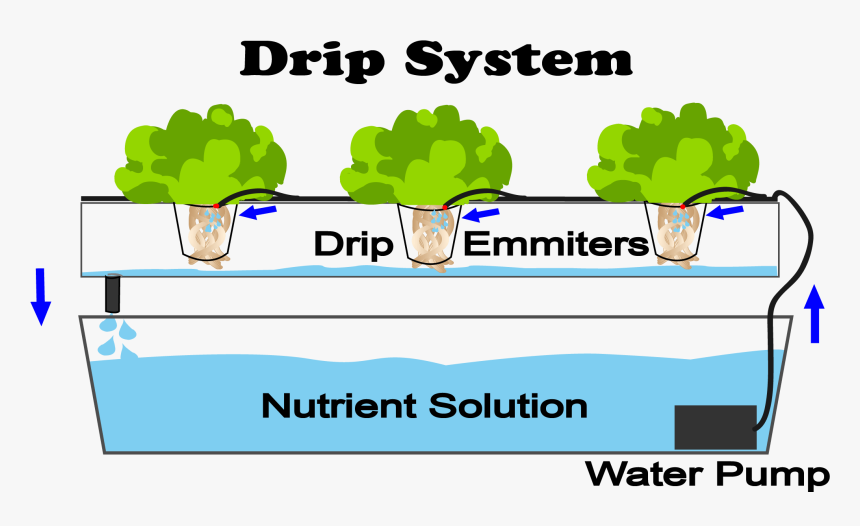
3. What is Deep water culture hydroponics system ?
Deep water culture is one of the hydroponics methods most commonly used. Here the plant production is done by suspending the plant roots in a solution of nutrient-rich oxygenated water. This method also called as raft/pond/float method, since it uses floating rafts to suspend plant roots into a pond of water mostly 8 to 12 inched deep.
Compared to other hydroponic methods, deep water culture is relatively inexpensive to set up and can be easily reproduced by a home grower.
This method works especially well for large plants with big roots or one that grow an abundance of fruit. And plants grow very fast because of it sitting in nutrients and being supplied with unlimited oxygen.
DEEP WATER CULTURE
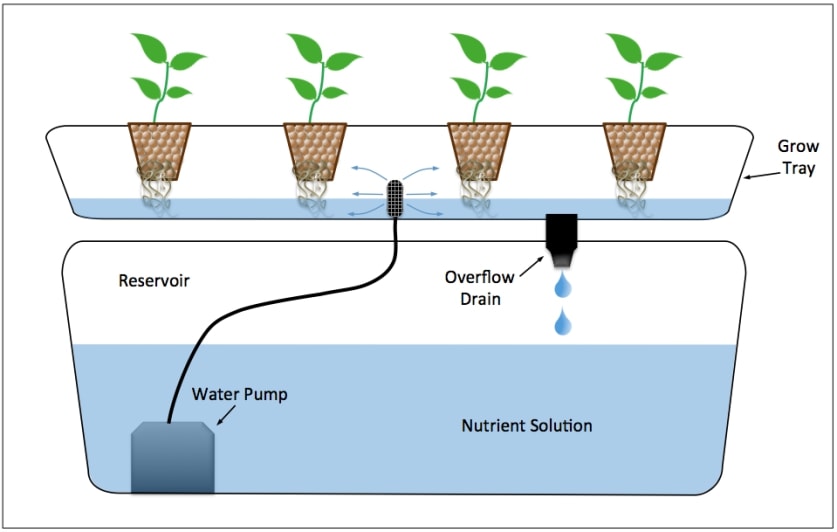
4. Nutrient Film Technique (NFT)
This Nutrient Film Technique or NFT is a one of the most popular hydroponics method among hydroponic growers. Fairly simple design and most commonly used for growing smaller quick growing plants like different types of lettuce, herbs and baby greens.
This system uses a pump to deliver the fertilized water to the grow tray and a drain pipe to recycle the unused nutrient solution. The difference is that in NFT the nutrient solution is continuously flowing over the roots. This is accomplished using gravity. The grow tray is placed at an angle to allow the water to flow down towards the drainpipe, and a new solution is constantly being pumped into the high end of the tube.
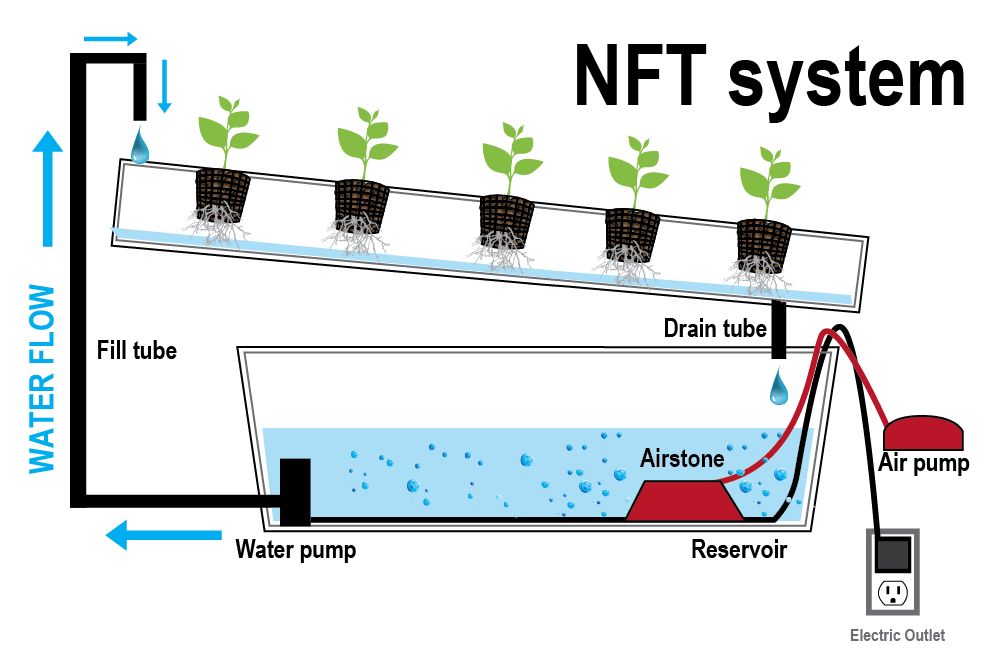
5. What is EBB and Flow Hydroponic Systems ?
The ebb and flow hydroponic system is also called as flood and drain system. This one of the most favorite method for many as it is very easy to use, its capabilities and reliability. Once you get used to the system components and understand its concepts, ebb and flow systems can help cultivate some incredibly strong plants.
A grow tray hold the plants in place, and is supported by a stand or rolling bench. The hydroponic reservoir is housed underneath holding hydroponic nutrients and water. Using a rolling bench will allow you to maximize space by eliminating unnecessary aisles.
Growers always has an option whether to go with a hydroponic grow media, or house the plants in individual net pots within the flood table. Using net pots always allow easier movement of plants.
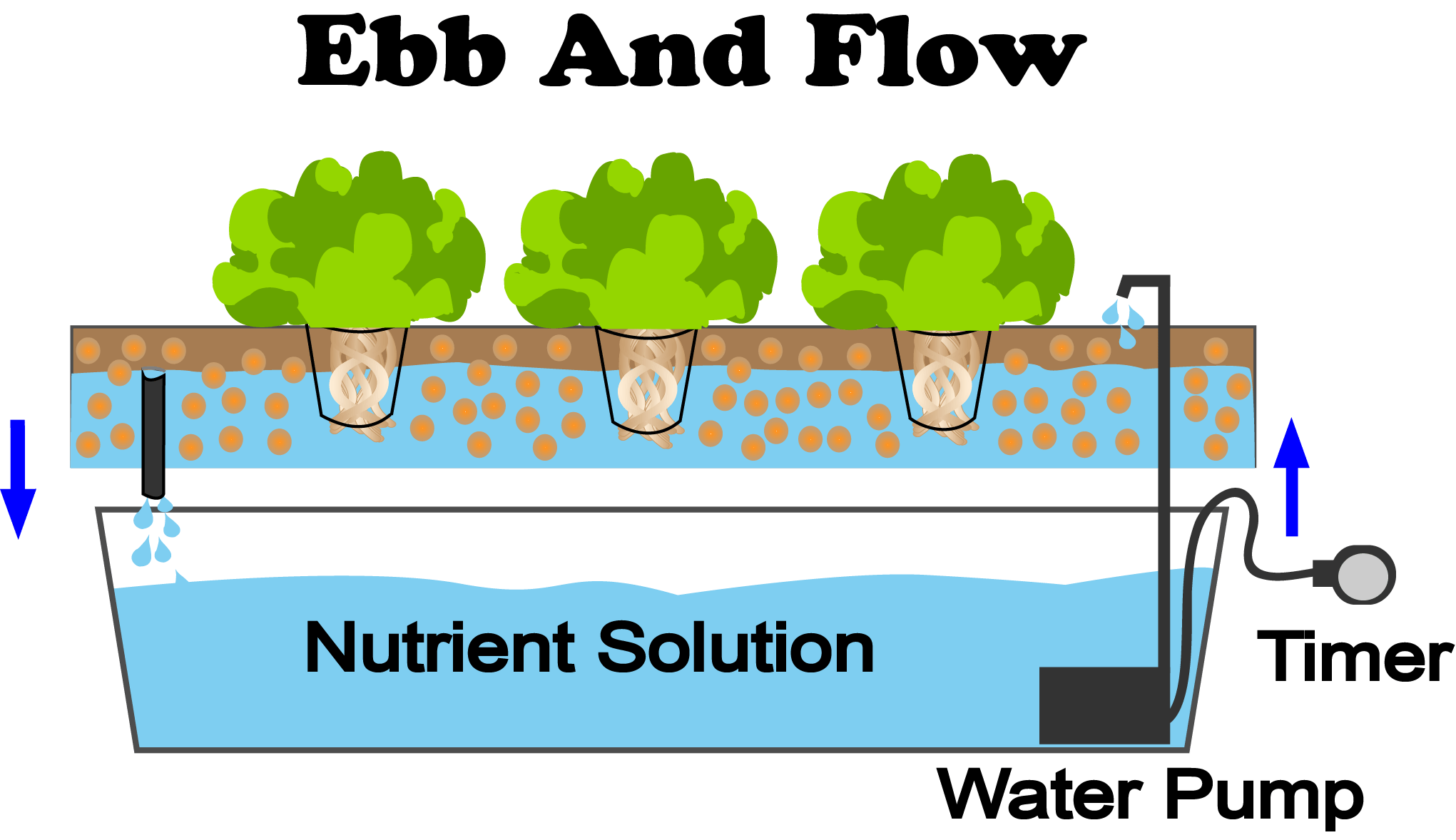
What is Aeroponics ?
Aeroponics or Aeroponic farming is a process of growing plaints in an air or mist environment without the use of soil. Unlike hydroponics, which uses a liquid nutrient solution as a growing medium and essential minerals to sustain plant growth, or aquaponics, which uses water and fish waste, aeroponics is conducted without a growing medium
Aeroponics systems suspend the plants in the air and expose the roots to a nutrient-filled mist. Aeroponics systems are enclosed frameworks like cubes, that can hold a multitude of plants at once. Water and nutrients are stored in a reservoir, and then pumped to a nozzle that atomizes the solution and distributes it as a fine mist. Others function more like the ebb and flow system, spraying the roots with mist in intervals. Aeroponics do not need substrate media to survive. The root’s constant exposure to air allows them to drink in oxygen and grow at an accelerated rate.
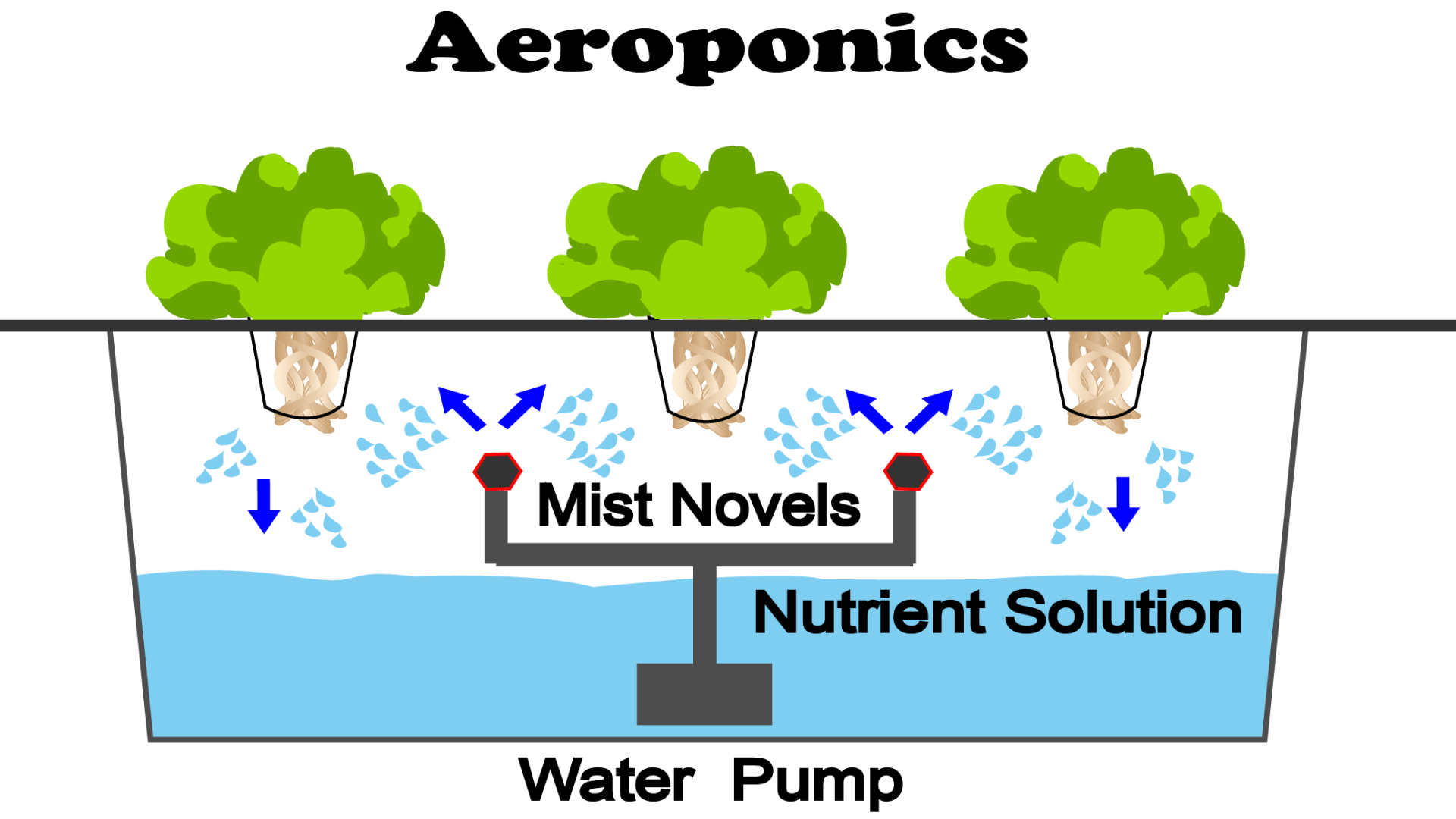
How to choose the best Hydroponic method ?
Choosing the hydroponic system is an important thing. You need to consider the type of plat you are growing, available space and how you customize. All hydroponic methods can grow amazing plants. But make sure and do a little research to find which one will work best for you.
At Deejos, the top architects in Chennai, we have the best experts for your unique needs and preferences to guide you through the process with ease.
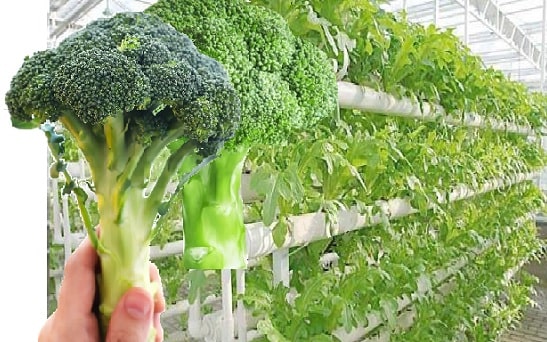 Hydroponics Brocolli
Hydroponics Brocolli
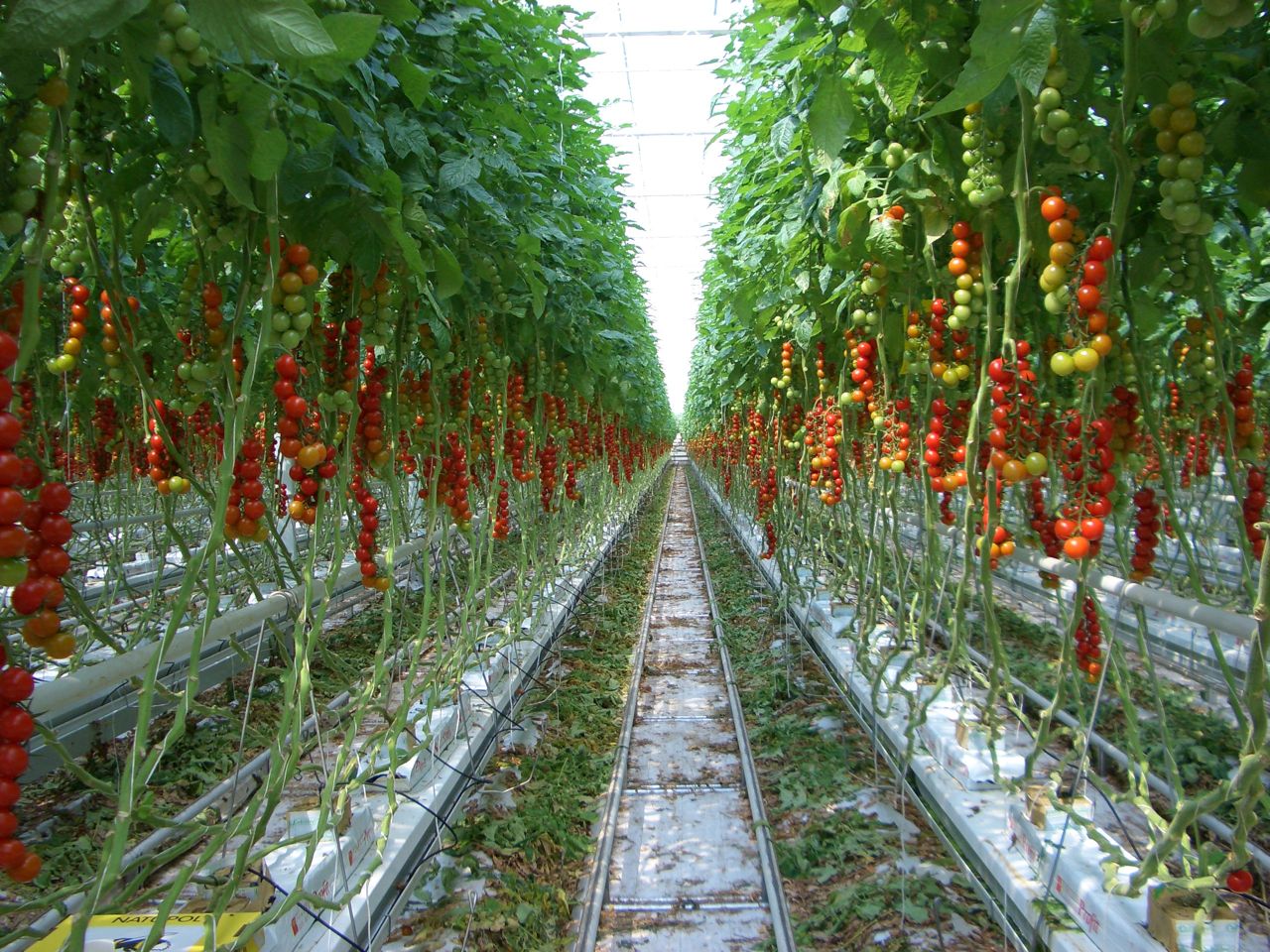 Hydroponics Tomato
Hydroponics Tomato
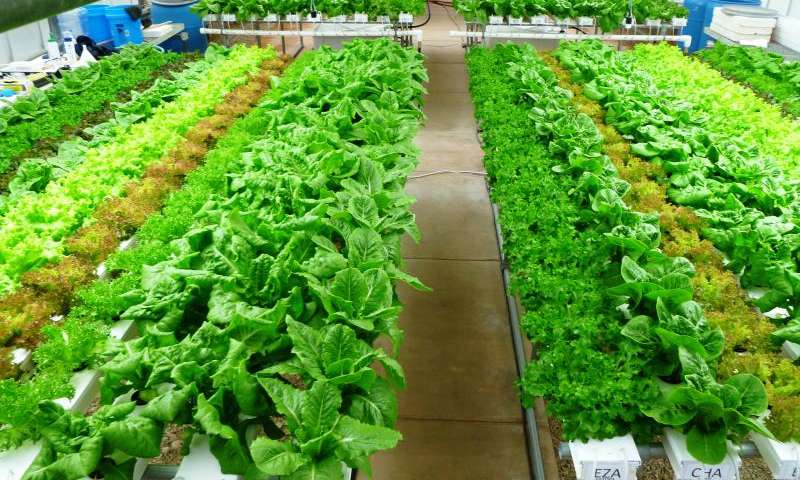 Hydroponics Lettuce
Hydroponics Lettuce
 Hydroponics Strawberries
Hydroponics Strawberries
Hope you found this article useful. For more information browse through other related articles below.
1. Most frequently asked question in Hydroponics.
2. Top 10 Hydroponics Companies in India
3. How to start a Hydroponics Farming business in India ?
____________________________________________________________________________________________
Most Popular searches in Hydroponics: Vertical Hydroponics, hydroponic farming cost, hydroponic farm start up cost, hydro farming, hydroponic agriculture, aeroponic farming, farming without soil, hydroponics in chennai, indoor hydroponic farming, Hydroponics Plants.